The space in towns and villages is shared with animals
The past generations of South Asians immigrated across the globe for various reasons, including better living standards for the future.
While many ‘developing countries’ of yesteryears such as Malaysia, China, and even Thailand rapidly developed, with chic skyscrapers and roads, their template for economic growth has been similar to western countries.
Apart from the ‘soulful’ aspect, slower life, and favoured exchange rates, differences between developed countries and countries such as India are appreciated through conversations.
However, most indigenous Desis overlook aspects of their everyday reality.
India has a plethora of things to eat and buy in the bazaar but does have not-so-positive realities such as jam-packed roads.
Furthermore, sizable populations of Indians study and work in the US, UK, and across Europe and settle in these countries due to their living standards.
Some prefer the better nightlife whilst others appreciate the open-minded society.
However, some people do like the climate of modern India and the way some parts of the country, such as New Delhi, are rapidly expanding.
While reasons for migrating were previously survival-based and the sole destinations for ambitious careers, countries in Asia appear as possible alternatives on the horizon.
Life in the UK is possibly a prime example of the conventional living standards of developed countries in modern times.
These insights might be transferable to life in the US, as well.
Do note that the points are intended to be objective and are based on observations and varying opinions.
Travel, Eating & Hospitality
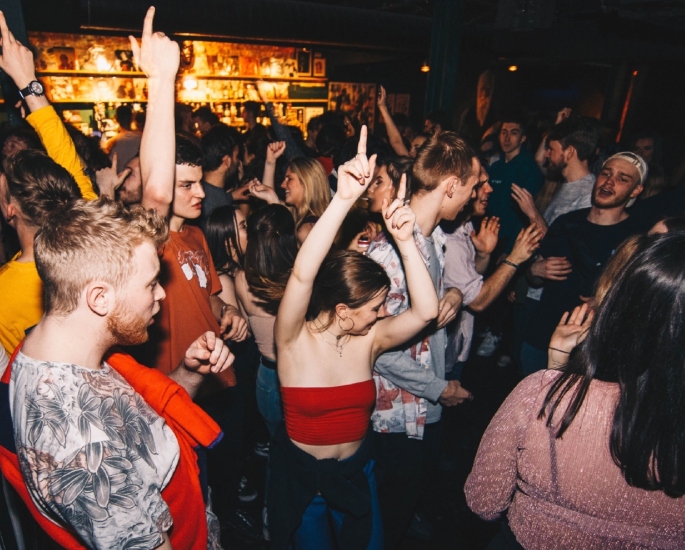
With night-outs, eating out, and staying in hotels, the pros and cons are truly balanced, with equally good points on either side of the comparison.
As broad as it seems, generally, the standards of hospitality are world-class in the UK, although many might fail to realise the differences.
Many visiting or emigrating to the UK from India might relate to the impressiveness of an optimised and functional built environment.
While there are shabbier and unkempt places to stay, even £19 hostels in central London have good standards of amenities.
Sometimes, an Airbnb host would leave a cheerful letter or keep groceries, like eggs, out of goodwill.
In a similar setting, distinct hospitality from Airbnb hosts is often seen while travelling in the subcontinent.
Travellers from abroad (on a budget) appreciate the kind gestures of the families letting out Airbnb rooms by their offering of fascinating home-cooked food.
A key advantage in terms of eating out in India is of course the variety and choices of dishes.
More importantly, with joints open till late, businesses cash in on the odd nocturnal customer.
The general timing of shops closing in the UK can be surprising to many Desis, as most places close around 10 pm during the week.
Although, many cities such as Manchester, Nottingham and of course, London, have adopted the late-food culture, with some restaurants staying open as late as 2 am.
However, the UK does have a major fast food following so after a night out, you can expect kebab and fried chicken shops to be open until 4 am.
While in Indian cities, one of your extended mates must know where food and even liquor can be sourced (in obscure but very specific locations).
Moreover, the vast array of food options highlights the fact that meat-based dishes represent only a tiny portion of the numerous choices available, encompassing a wide range of tastes that often go unnoticed.
Currency
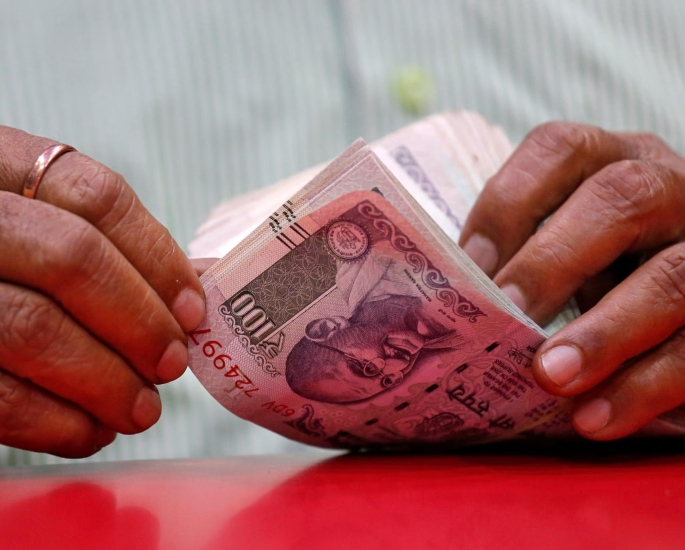
A lot more math is involved with regular purchases in India, and numerous things can be purchased with loose change.
The copper penny coins, in contrast, are not very useful.
Although, if you were spending £1 in India, you could buy 100 chewing gums and toffees, five huge bags of crisps and a large chocolate bar (perhaps even more).
It would be interesting for South Asians to learn that there isn’t a Maximum Retail Price (or MRP) in the UK like there is in India and Bangladesh.
The same items may be priced differently across Aldi, Waitrose, and corner shops.
Moreover, as things are priced as £4.99, £7.99, etc, the one and two-penny coins are quite useless. Even the homeless do not accept them.
The government also provides benefits (money and accommodation) to those struggling to make ends meet from taxpayers’ money.
Whereas in India, someone living rough can fill their stomach, with various sides, for 30p.
This vast number of consumables is a possible reason for unemployed folks to remain unmotivated.
In terms of things to eat, sellers in densely populated countries sell low-ticket items to larger masses.
The concept of stepping out and spending loose change on chai, jal-jeera soda, mithai, is non-existent in England.
Instead, similar to the present culture throughout the world, for a casual cup of coffee or bakery item, one either goes to the supermarket, a proper café, or a shopping mall.
While the culture of pubs and nightclubs is wildly popular in India, having had many years to grow, the range of ales and drinks in the UK seems much more organic.
Residential Life
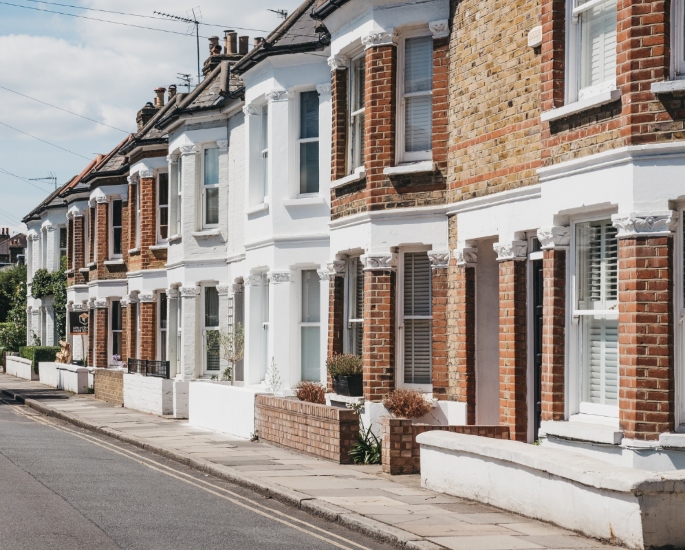
The uniformity of residential houses in the UK with the red and brown bricks, front lawn, driveway, etc, gives a feeling of order, in contrast to houses of varying shapes, sizes, and colours.
The catch-up growth of India’s economy is on the news more often, with cities like Bangalore, Mumbai, and Gurgaon, under the spotlight.
In affluent neighbourhoods and those with high-paying jobs enjoy great standards of living, just as the many folks of higher economic status in the UK.
Many buildings of grand architecture in Indian areas are quite a sight to behold, with huge displays of uniqueness and creativity.
Contrastingly, the aesthetic value of London follows a very standard template.
However, other cities like Birmingham, Edinburgh, and Cornwall have a distinct look that embrace the culture of the city’s history.
Carpeted stairs and bathroom showers are uniform throughout the UK.
And India shares this same regularity within their homes with tube lights and the water-saving option of bathing with a bucket of water.
That’s not to say that they’re lower in technology.
A lot of common household appliances in the UK are taken for granted, and being unidimensionally innovated, they’re lesser recyclable down the line.
Washing clothes is a good example.
While washing machines save time, getting used to washing clothes in a bucket with detergent is a good life skill.
Although trash bags near a lot of student accommodation in the UK is a common sight, one characteristic point of living in a developed country is that the built environment seems somewhat complete.
Contrastingly, pipes or rods jutting out of buildings, narrow open drains, and commotion from vehicles are common features of the built environment in many places in India.
Many of the living standards features in India will be comparable to those living comfortably across South Asian countries like Nepal.
If city skylines were to be compared, Colombo would probably be at the top.
Roads
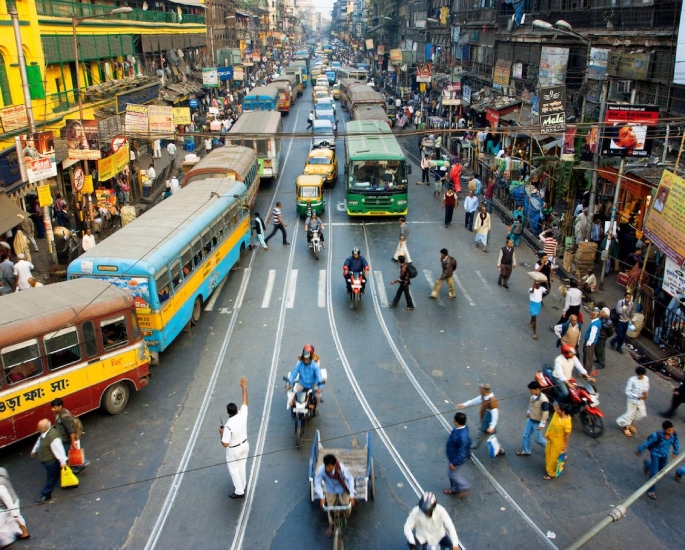
While it’s a no-brainer that well-formed motorable roads are a non-negotiable for any country, there are some practical (yet un-endorsable) benefits to roads with minimal infrastructure.
The punishing bus lane fines, speeding offences, and parking fines in the UK are effective in curbing over-enthusiastic motorists.
The motorways in the UK are exemplary and being on the road, in the car, can be a great experience.
Maintaining lane discipline, giving way in roundabouts, and even the polite way of saying ‘thank you’ by raising a hand, are ingrained habits in the UK.
However, for most without vehicles and a driver’s license, travelling by coach is the most economical option.
Trains are surprisingly expensive, although trams are becoming a popular form of transport in bigger cities.
In developing countries with traffic lights as the minimal infrastructure, one can illegally get away with minor offences.
A major portion of India’s terrain is mountainous.
It is said that those accustomed to driving in India, whether in cities or in the mountains, can drive anywhere in the world.
YouTube vloggers visiting India capture the most overlooked aspect of the overwhelming roads in the subcontinent.
It is often refreshing to appreciate a fresh perspective on everyday affairs, with the roads, food stalls, and bazaars.
How motorists manoeuvre on busy roads without frequent accidents, while overtaking, might seem like a miracle.
However, it’s more so a testament to driving skill and intuition, which ideally should not be pushed to the limit.
Although this is criticised and even racially stereotyped.
The latest research focuses on how uneconomical the wastage of space is with cars on roads and parking lots, along with strategies to reclaim land from cars.
Contrary to popular belief, seeing horses and elephants on motorable roads is not so common in the subcontinent (perhaps not anymore).
But one does get used to the sight of some strolling cows among humans.
It is natural that the space in towns and villages is shared with animals.
Despite the entertainment that the underdeveloped roads provide, the ecological aspect of building roads is a matter of retrospection.
There is definitely litter on regular streets and public roads in India.
However, the West would have a similar scene, if the large quantities of waste generated within the country weren’t exported to the global south.
While it is true that most of the bazaars and marketplaces have noisy cars, there are richer places where vegetables and meat are sold in air-conditioned stores.
Yet, a realisation from this contrast is that the rawness of reality is somewhat forgotten.
A skinned goat hanging upside-down and live chicken slaughter is closer to reality than the displayed meat on ice.
Liveliness and Self-expression
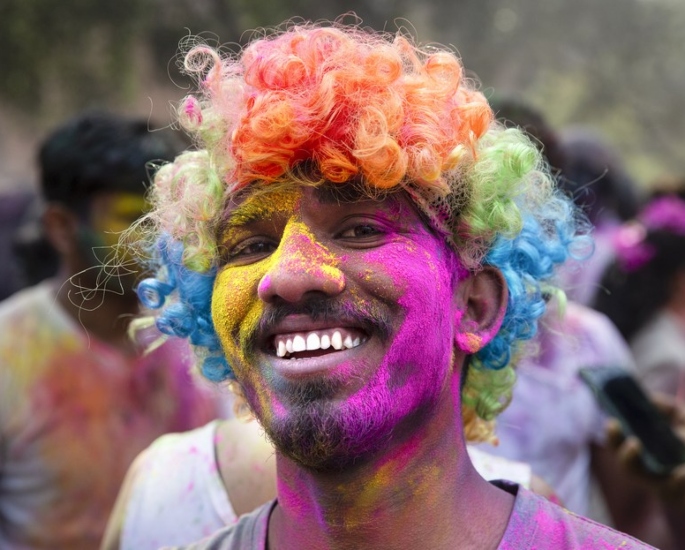
As the eager youth of slightly lesser-developed countries keep up with the alternative cultures from the West, humans seem to have become more relatable.
Likewise, millions look up to India as a sort-of beacon of hope, with yoga and meditation.
Many Indians are surprised by how many travellers appreciate aspects of India more than themselves.
Additionally, dreamers worldwide aspire to lead creative lives.
However, in developing countries, building a creative ecosystem requires starting from the basics.
In contrast, the developed world offers more opportunities and exposure to artistic careers and events.
Nonetheless, creative careers are a struggle irrespective.
In fact, there have always been ‘indigenous’ sub-cultures and cottage industries involving various kinds of musical instruments, crafts, and art forms (such as baul), among methods of expression.
There are many adherents of sub-cultures, derived from the goths, punks, alternative-music communities, and tattooed individuals.
But “finding the others” in India is probably not as easy among the vast majority of ‘normies.’
Thanks to the liberal mindset of present-day Indians, there is the freedom to pursue alternative lifestyles.
This includes non-traditional marriages/relationships, living desolately, or travelling extensively.
This could be ascribed to liberal Western values such as the LGBTQ movement.
However, while inspiration would have been drawn from there, it is likely more of a testament to the natural acceptability of differences.
A common point, based on individual circumstances, is that the option of both traditional and newer ways of expression provides the best of both worlds.
There is much diversity within India, and although we think of specific ethnic groups, one’s circle would have representatives of various faces and skin tones.
For instance, many mountainous parts are underrepresented as ‘India’ to the wider world.
Nowadays, there is a trend of Indians travelling within the country and visiting the ‘alternative places’ that nomads and hippies frequented.
While the UK boasts higher overall living standards with better access to healthcare, education, and infrastructure, India is progressing.
And, one would argue that the importance placed on community, culture, and togetherness in India outshines the living standards you see in some parts of the country.
But, it is essential to acknowledge that both countries have unique strengths and areas for improvement.
By working together, we can foster a more equitable and prosperous world for all.






























































